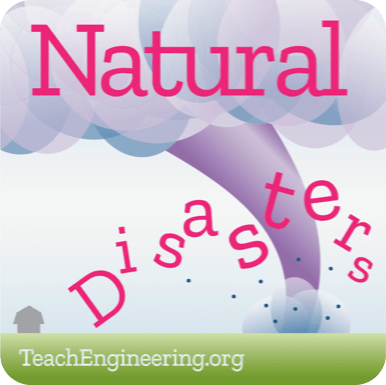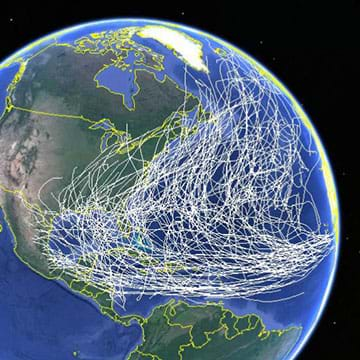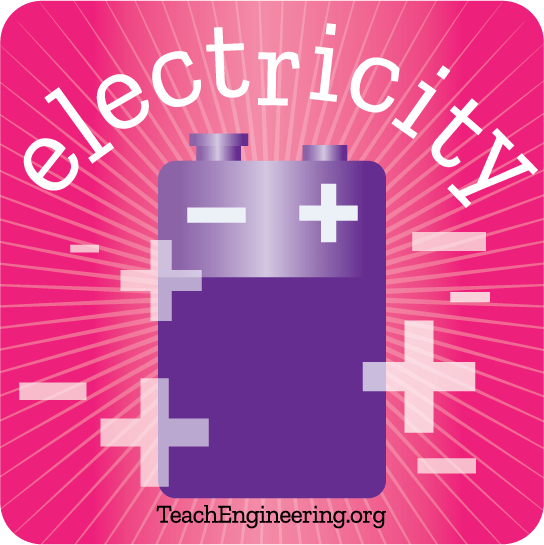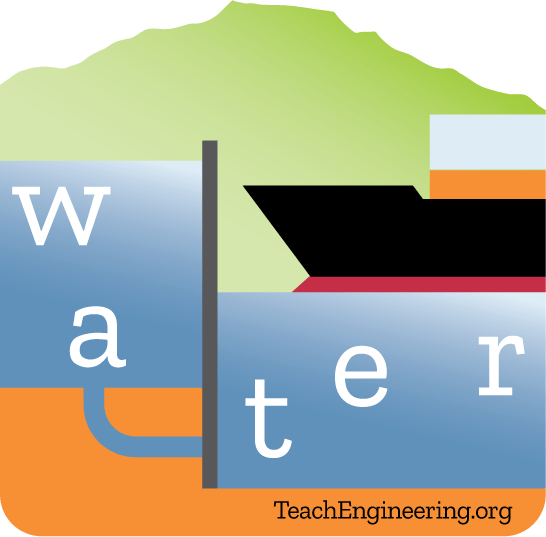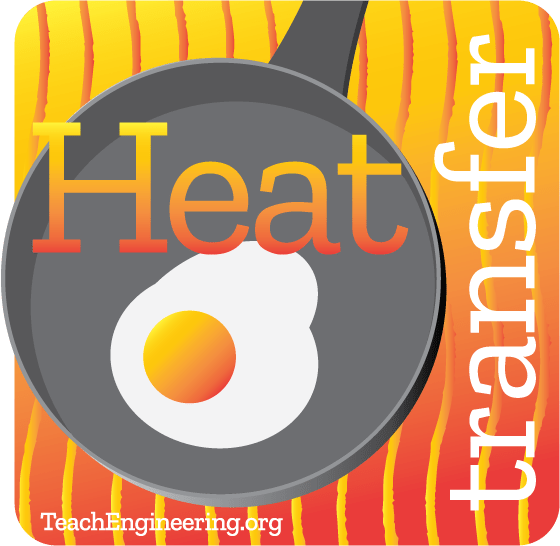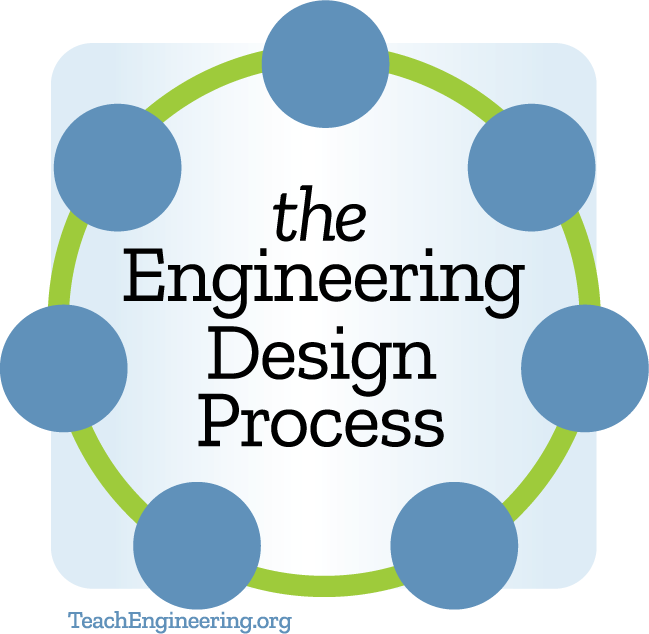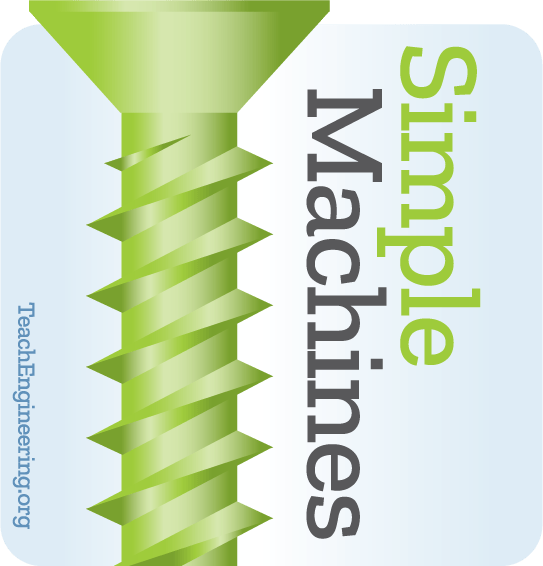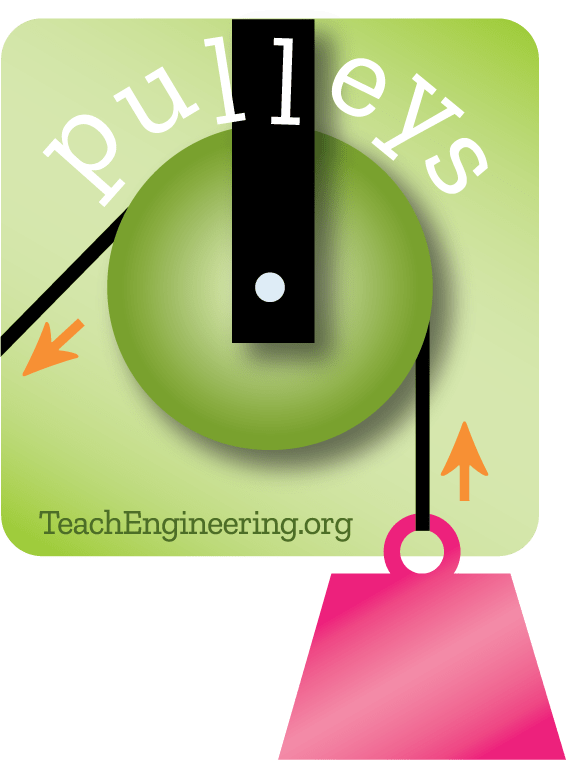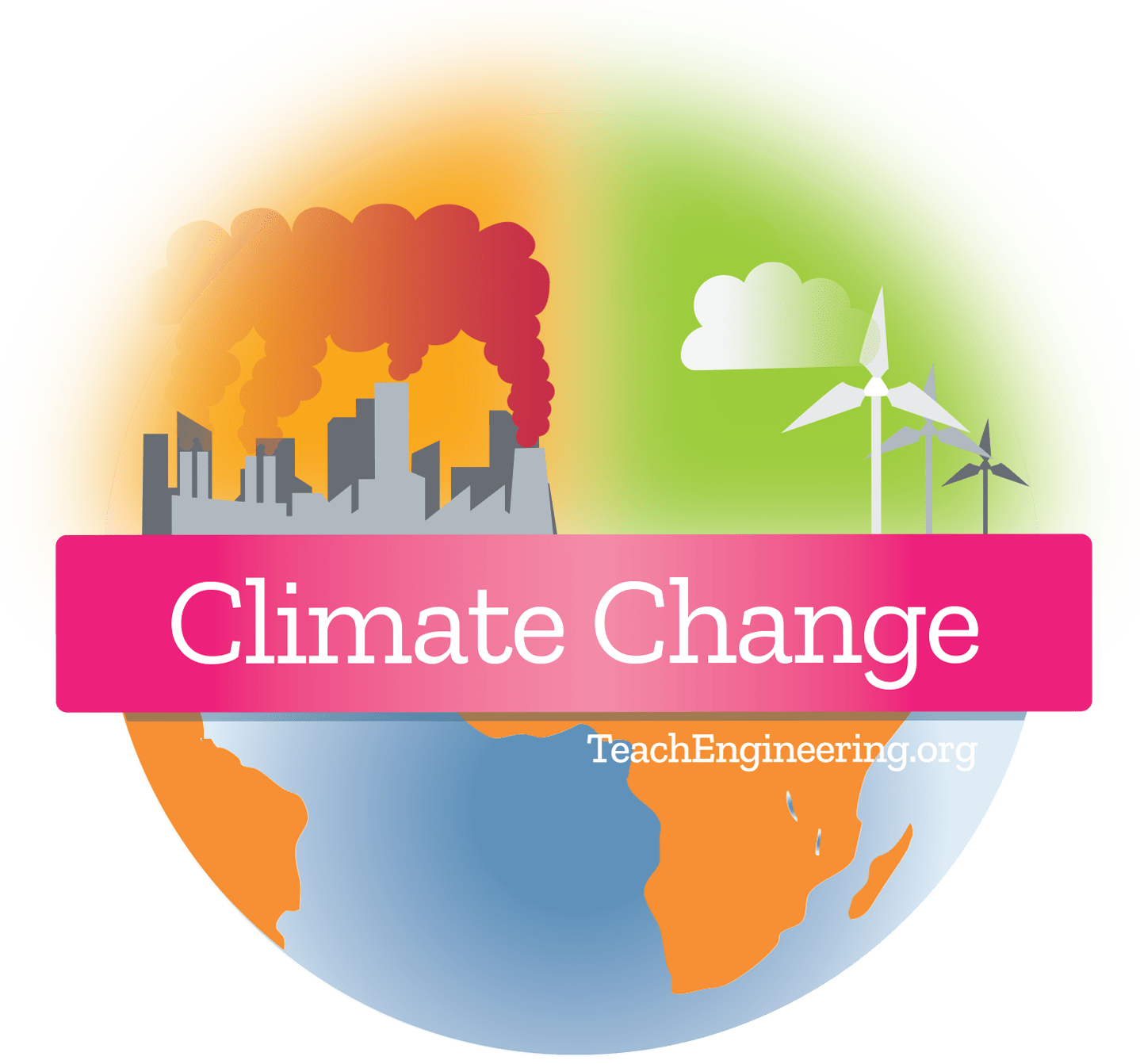Natural Disasters
Natural disasters are unavoidable occurrences that can have a profound effect on communities across the world. Our ability to predict and prepare for natural disasters relies, in part, on engineers who innovate new solutions to mitigate the worst effects from these events.
There are many types of natural disasters, including, but not limited to:
- Earthquakes: shifts of fault lines on tectonic plates in the Earth's crust.
- Tsunamis: large waves that often occur following earthquakes or volcanic eruptions.
- Hurricane/Tropical cyclones: storms with high winds and heavy rain, often formed in warmer seas and oceans.
- Tornadoes: violent rotating columns of air that generate extremely strong winds; storms that produce tornadoes might also produce torrential rains and hailstorms.
- Floods: an overflow of dry land that can be caused by heavy rainfall or even the failure of a dam.
- Wildfires: an unplanned and uncontrolled fire, often caused by lightning or human activity.
- Droughts: prolonged periods of drier-than-normal climate conditions that can lead to crop failures and water shortages.
- Landslides: caused by a variety of factors including earthquakes, heavy rain, and human activities such as logging and mining.
- Snowstorms and blizzards: severe winter storms with heavy snow and strong winds.
- Heatwaves: prolonged periods of hot weather that can lead to heat stroke and other heat-related illnesses.
Engineers respond to natural disasters by assessing and repairing damage to infrastructure, such as roads, bridges, and buildings. They may also design improvements to make structures more resilient. For example, a structural engineer may design a building with features like reinforced walls and a stronger foundation to make it more resistant to earthquakes.
Engineers may also work on developing early warning systems and evacuation plans to help keep people safe during a disaster. For example, an engineer might design a system that uses sensors to detect the early stages of an earthquake and send an alert to people in the affected area.
In addition to responding to the immediate effects of a disaster, engineers may also work on long-term recovery efforts. This can include designing and building temporary housing for people who have lost their homes and working on projects to restore and rebuild damaged infrastructure.
Overall, the work of engineers is essential in navigating natural disasters and helping communities recover. Their expertise and knowledge helps to ensure that people affected by these events can rebuild and move forward.
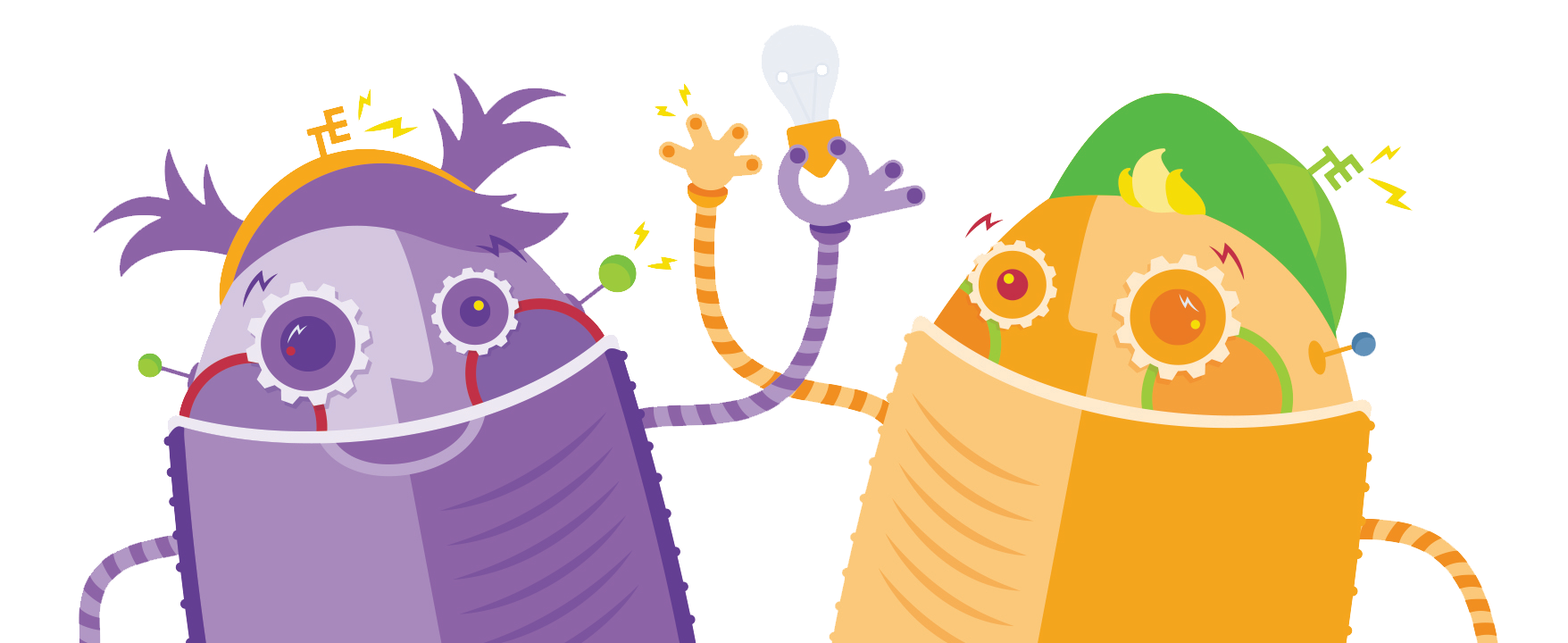

Natural Disasters Curricula

Grades K-2
- Simple Snow Load Roof Model Demo: Which Roof Is Tops?Simple Snow Load Roof Model Demo: Which Roof Is Tops?

If you lived in the snowiest place in the world, you would need a specific type of roof on your house. But what kind of roof is best? Learn about the creative thinking and considerations engineers use to solve practical problems in designing structures to keep buildings secure and safe.
Grades 3-5
- Engineering to Prevent Natural Disasters: Save Our City!Engineering to Prevent Natural Disasters: Save Our City!

Students learn about various natural hazards and specific methods engineers use to prevent these hazards from becoming natural disasters. They study a hypothetical map of an area covered with natural hazards and decide where to place natural disaster prevention devices by applying their critical thi...
- Naturally DisastrousNaturally Disastrous

Students are introduced to natural disasters and learn the difference between natural hazards and natural disasters.
- Earthquake Formation: Crust, Plates, Currents, Drift and FaultsEarthquake Formation: Crust, Plates, Currents, Drift and Faults

Students learn about the structure of the earth and how an earthquake happens. In one activity, students make a model of the earth including all of its layers. In a teacher-led demonstration, students learn about continental drift. In another activity, students create models demonstrating the di...
- Drifting Continents Drifting Continents

This activity is a teacher-led demonstration of continental drift and includes a math worksheet for students involving the calculation of continental drift over time. Students will understand what continental drift is, why it occurs, and how earthquakes occur because of it.
- Faulty MovementFaulty Movement

Students are introduced to faults in the context of plate tectonics. They learn about different kinds of faults and their relationship to earthquakes. Student pairs create cardboard models of the three different types of faults—transcurrent, normal and reverse—as they learn about how earthquakes are...
- See More
Grades 6-8
- Incoming Asteroid! What's the Problem?Incoming Asteroid! What's the Problem?

To kickoff the Adventure Engineering Asteroid Impact unit, students learn of the impending asteroid impact scenario, form teams and begin to study the situation in depth. A simple in-class simulation shows them the potential for destruction and disaster. They look at maps and complete a worksheet an...
- Bombs Away! Egg Drop ExperimentBombs Away! Egg Drop Experiment

Students design and build devices to protect and accurately deliver dropped eggs. The devices and their contents represent care packages that must be safely delivered to people in a disaster area with no road access. Similar to engineering design teams, students design their devices using a number o...
- Straining out the DirtStraining out the Dirt

Students groups build water filters using activated carbon, cotton and other materials to clean a "dirty" water sample made from chocolate powder added to tap water. They test and make observations of filter effectiveness, suggesting material and layering design improvements.
- Protecting Our City with LeveesProtecting Our City with Levees

Students design and build their own model levees. Acting as engineers for their city, teams create sturdy barriers to prevent water from flooding a city in the event of a hurricane.
- Weather and AtmosphereWeather and Atmosphere

In this unit, students learn the basics about weather and the atmosphere. They investigate materials engineering as it applies to weather and the choices available to us for clothing to counteract the effects of weather. Students have the opportunity to design and analyze combinations of materials f...
- See More
Grades 9-12
- Pump It! Design-Build-Test Helpful Village Water PumpsPump It! Design-Build-Test Helpful Village Water Pumps

In this hands-on activity, student groups design, build, test and improve devices to pump water as if they were engineers helping a rural village meet their drinking water supply. Students keep track of their materials costs, and calculate power and cost efficiencies of the prototype pumps.
- Building a Stronger (Sweeter) New OrleansBuilding a Stronger (Sweeter) New Orleans

Students create and analyze composite materials with the intent of using the materials to construct a structure with optimal strength and minimal density. The composite materials are made of puffed rice cereal, marshmallows and chocolate chips. They determine the material density and test its compre...
- Watershed BalanceWatershed Balance

Students learn about the water cycle and its key components. They learn how we can use the theory of conservation of mass to estimate the amount of water that enters a watershed (precipitation, groundwater flowing in) and exits a watershed (evaporation, runoff, groundwater out).
- Crystalline Cloth: Modeling Water Treatment FiltersCrystalline Cloth: Modeling Water Treatment Filters
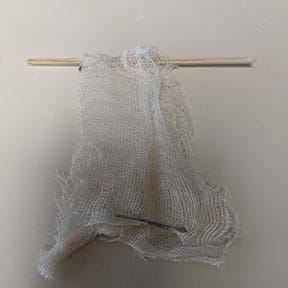
Students become environmental engineers as they model membranes and membrane treatments to remove scaling during water filtration. Using cheese cloth to represent a simple membrane, students soak their “membrane” in a supersaturated salt (or sugar) solution and measure how much salt (or sugar) cryst...
- Earthquakes Living Lab: Finding Epicenters & Measuring MagnitudesEarthquakes Living Lab: Finding Epicenters & Measuring Magnitudes

Students learn how engineers characterize earthquakes through seismic data. Then, acting as engineers, they use real-world seismograph data and a tutorial/simulation accessed through the Earthquakes Living Lab to locate earthquake epicenters via triangulation and determine earthquake magnitudes.
- See More



